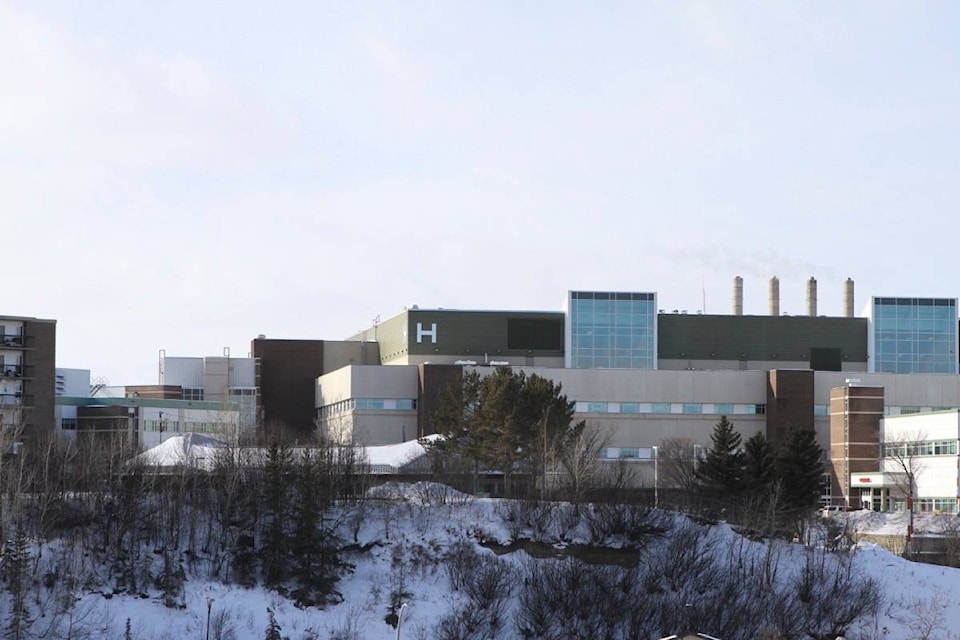Red Deer Regional Hospital Centre is expanding efforts to send rural patients back to rural hospitals when appropriate.
It’s one of the tools Red Deer hospital has to deal with its overcapacity challenges.
Allan Sinclair, senior operating officer with Alberta Health Services Central Zone, said rural patients have always been transferred back to their community hospital in the zone when they no longer require specialty care in Red Deer.
“What’s changed is we’re trying to make sure that we have a really all inclusive discussion with all the operations folks from the rural sites as well as the facility medical directors,” said Sinclair about the talks that have been underway since December.
“It’s not that we’re starting something brand new. We’re just making sure that it’s better.”
He said capacity challenges in Red Deer have increased year over year. Most recently the hospital was significantly overcapacity at times due to the cold and flu season.
“Certainly we want to make sure that when we do have those really high capacity pressure days that we’re able to move patients back to sites and that does require discussion both with operations and with physicians at that site so they’re aware of what’s happening.”
Consistently one of the five busiest hospitals in Alberta, Red Deer hospital was short 96 beds, three operating rooms, and 18 emergency room treatment stretchers as of 2015. Lengthy waits for treatment at peak times in emergency are common.
Doctors have been calling for expansion of hospital services and infrastructure and last month Red Deer was once again left off Alberta Health Services’ infrastructure priority list.
Sinclair said in some cases patients request the move to a rural hospital where they have family or a connection to that community. Others choose a rural hospital in the community where they want to move into continuing care.
“For the most part our Central Zone rural sites are really, really good at taking those patients back, but they have their own capacity challenges from time to time.”
Not having staff with the necessary skills, for example if a key staff member is away or has yet to be replaced, can be another barrier, he said.
“We’ve seen some successes and some discussions are still ongoing.”
He said speaking with patients and their family so they know when and where they will be moved is also key in these transfers.
“Those are the kinds of discussions we’re having upfront with the patients and their families to make sure that we’re offering them something that will be acceptable to that patient when they move back to the site, and their family.
“Sometimes people feel that if they’re being referred back to their home-base hospital that they’re not going to get appropriate care. The whole point here is that that site may be better able to provide their continuing needs whether it’s convalescence or further followup after surgery.”
Moving more specialty surgeries to rural hospitals to use those spaces more efficiently is also under discussion, he said.
“We now do general surgery in Stettler. We do some orthopedics, for the most part that doesn’t require an inpatient stay, in Olds. We do cataracts in Innisfail and some plastic surgery there.”
One service that could safely and easily be moved to one of the rural hospitals has been identified and is probably a month or so away from being announced, Sinclair said.
szielinski@reddeeradvocate.com
Like us on Facebook and follow us on Twitter
